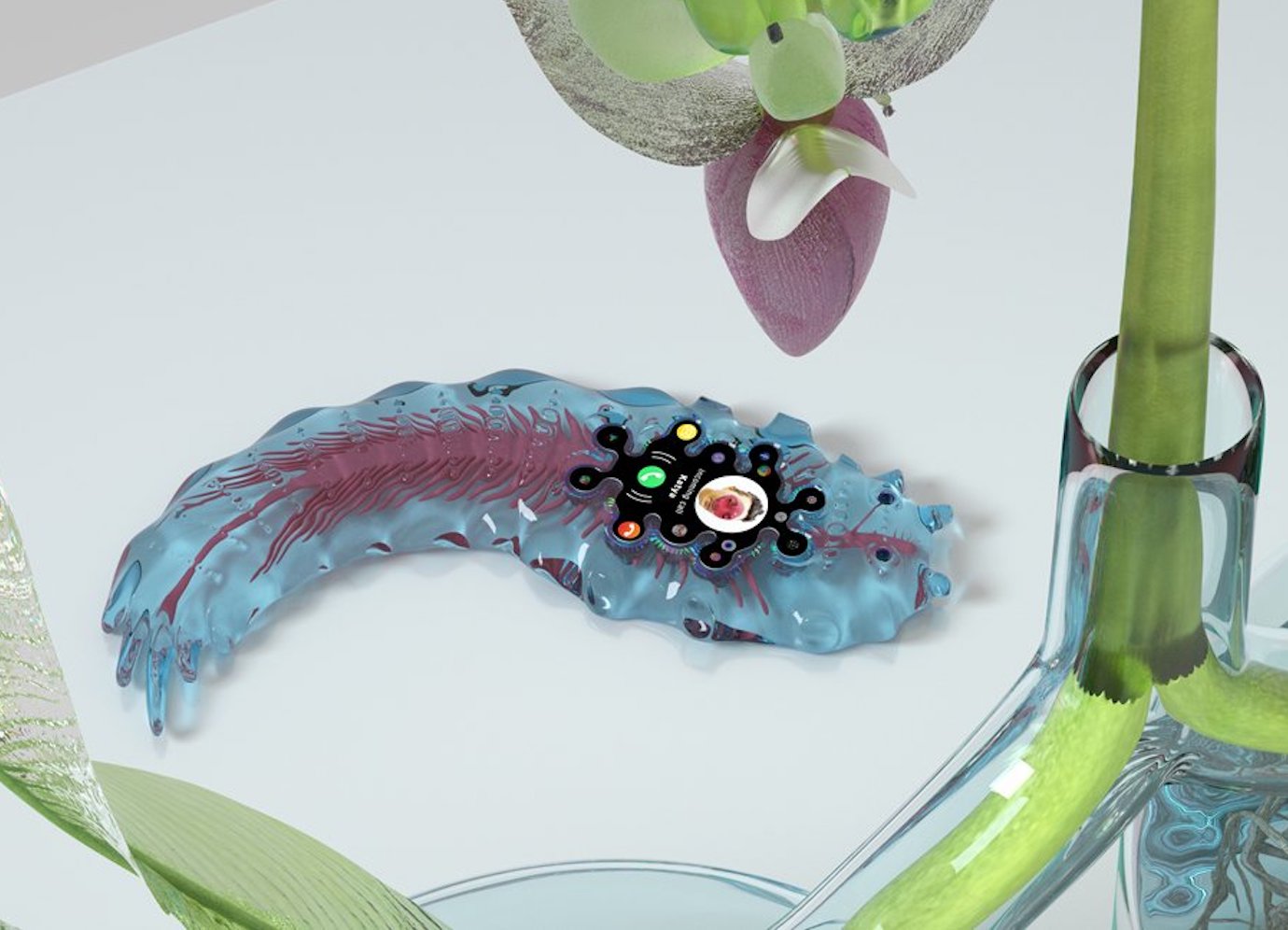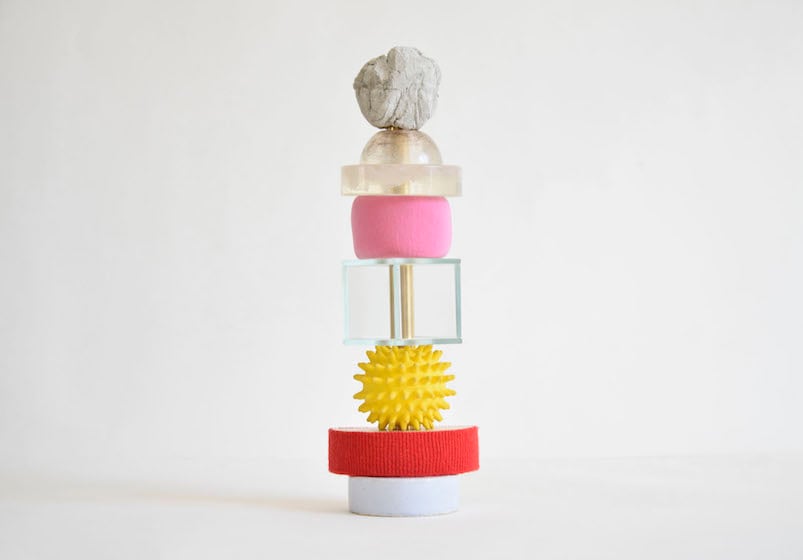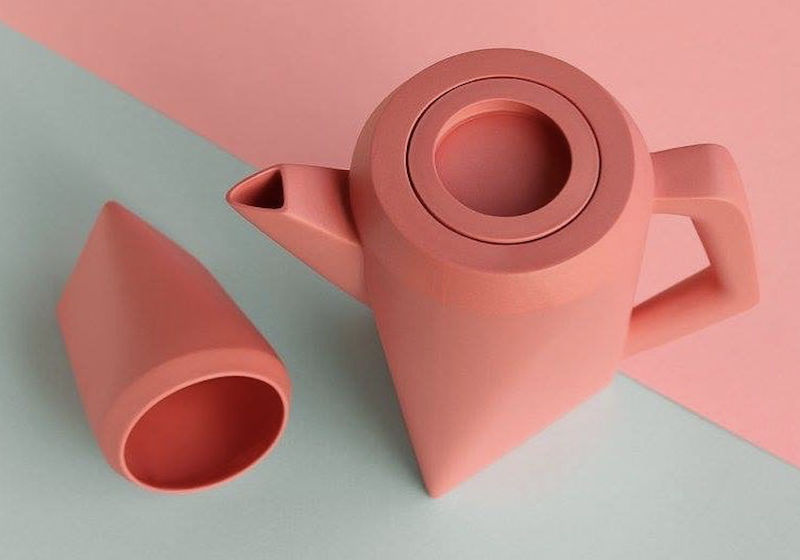A genetically modified blood sucking leech-phone: the uncanny future of smartphones

Forget about 4K multiple-lens cameras and AI operative systems: the future of mobile phones is a genetically modified leech-mobile phone hybrid.
At least, this is what Moscow-based artist and designer Aristarkh Chernishev had in mind when he launched PiO, or “Personal Information Organism”: a spooky mobile phone designed to literally be part of your body.
Described as “your personal trainer, your personal doctor, and your inseparable friend and adviser”, the PiO is a leech-looking transparent mobile phone that lives and feeds off the human body. Wireless and powered by the owner’s blood, PiO monitors your health, in addition to performing the usual smartphone features.
Just like with a normal phone, you can have the PiO lying around somewhere next to you. If you want to use it, gently place your hand close to it, and wait for it to glide and wrap itself up around your wrist. It’s a bit like a smart watch with a funny texture… and a mind of its own.
“Without noticing it, a person lives in symbiosis with many micro-organisms that make up the flora of their intestines and skin,” Chernyshev explains. “In the post-anthropocene era, the time has come to bring the symbiosis of humans and other organisms, including those created by humans themselves, to a new level. PiO is such an organism.”
It may seem uncanny, but so did the Internet at first. Keep your eyes open, soon the PiO may be the next big thing on the market.


